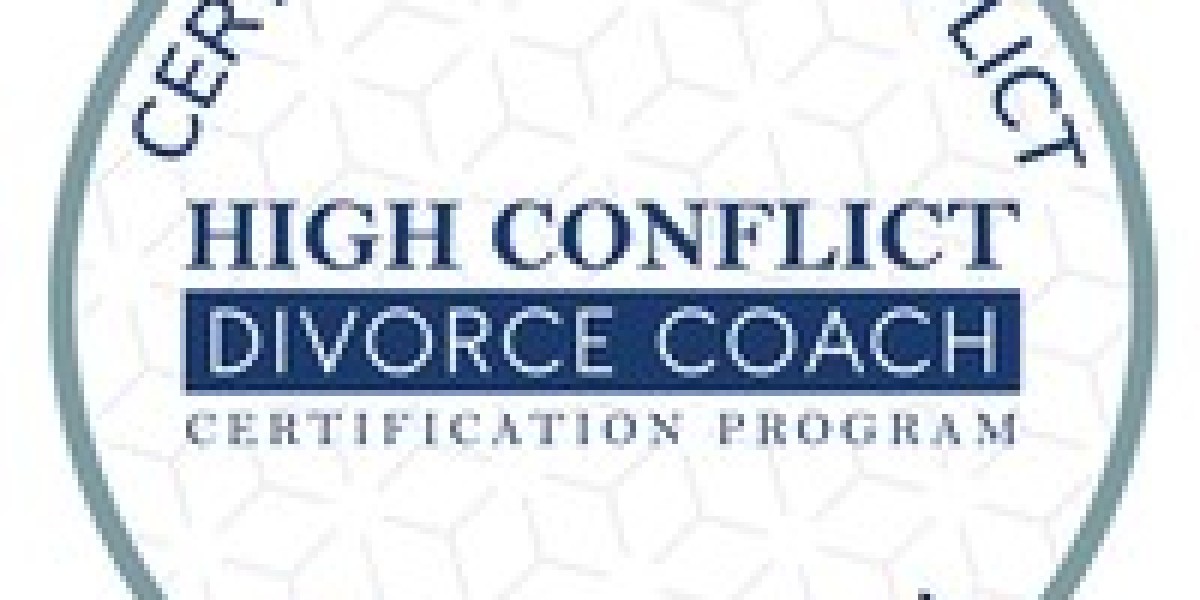Divorce is often a difficult process, but for many individuals, it is not the end of their struggles. Post-divorce abuse can take various forms, including emotional, financial, and physical abuse, and can significantly impact a victim's well-being. Understanding the legal options available to victims of post-divorce abuse is crucial in reclaiming control over their lives and ensuring their safety and that of their children.
Understanding Post-Divorce Abuse
Post-divorce abuse refers to harmful behaviors that an individual may continue to inflict on their ex-spouse after a divorce is finalized. This can manifest in numerous ways:
- Emotional Abuse: This includes manipulation, gaslighting, and threats, which can leave lasting psychological scars.
- Financial Abuse: The abuser may attempt to control financial resources, withholding child support or sabotaging employment opportunities.
- Coercive Control: This involves using legal channels to exert power, such as relentless litigation or false accusations.
- Harassment: Continuous unwanted contact, stalking, or intimidation can also fall under post-divorce abuse.
Recognizing the signs of post-divorce abuse is essential for victims to take proactive steps toward their safety.
Legal Protections Available
Victims of post-divorce abuse have several legal options to protect themselves and regain control over their lives. These options vary by jurisdiction, so it’s crucial to consult with a qualified attorney to understand the specific laws and resources available in your area. Here are some of the primary legal protections:
- Restraining Orders
A restraining order (also known as a protective order) is a legal order issued by a court to protect an individual from harassment or abuse. There are typically two types of restraining orders:
- Temporary Restraining Orders (TROs): These are issued quickly to provide immediate protection and are usually in effect for a short period until a court hearing can be held.
- Permanent Restraining Orders: After a court hearing, a judge may issue a longer-term order that can last for several months or even years.
To obtain a restraining order, the victim must provide evidence of abuse or threats. This may include police reports, text messages, emails, or witness statements.
- Modification of Custody Arrangements
If post-divorce abuse involves manipulation or alienation related to children, victims can seek modifications to existing custody arrangements. This may include:
- Changing Custody: If the abuser poses a threat to the children's safety, a court can modify custody arrangements to grant sole custody to the victim.
- Supervised Visitation: In cases where the abuser poses a risk, the court may order supervised visitation to ensure the safety of the children during interactions with the abuser.
Documenting any evidence of abusive behavior toward the children can strengthen the case for custody modification.
- Child Support Enforcement
Victims of post-divorce abuse may experience financial strain due to the abuser withholding child support. In many jurisdictions, victims can take legal action to enforce child support orders. This may involve:
- Filing a Motion for Contempt: If the abuser fails to pay court-ordered child support, the victim can file a motion for contempt, which may result in penalties for the non-compliant parent.
- Seeking Wage Garnishment: Courts can issue an order for automatic wage garnishment to ensure that child support payments are deducted from the abuser's paycheck.
- Criminal Charges
In cases of severe post-divorce abuse, victims may choose to pursue criminal charges against their abuser. This is especially relevant if the abuse involves physical violence, stalking, or threats. Filing criminal charges can lead to:
- Arrest and Prosecution: The abuser may face arrest and prosecution for their actions, which can serve as a deterrent and protect the victim.
- Restraining Orders: Criminal proceedings can sometimes provide additional grounds for obtaining a restraining order.
- Civil Lawsuits
In addition to criminal charges, victims may have the option to file a civil lawsuit against their abuser. This can seek damages for emotional distress, financial losses, or other harm caused by the abuse. Civil lawsuits can serve as a powerful tool for accountability and provide victims with a sense of justice.
- Utilizing Family Court Resources
Many family courts have resources available for victims of post-divorce abuse. This may include:
- Legal Aid Services: Some organizations offer free or low-cost legal assistance to victims of abuse, helping them navigate the legal system.
- Support Services: Courts may provide access to counseling services, support groups, or educational programs that can aid victims in their recovery.
Steps to Take if You’re Experiencing Post-Divorce Abuse
If you suspect you are experiencing post-divorce abuse, here are steps you can take to protect yourself:
- Document Everything: Keep a detailed record of abusive incidents, including dates, times, descriptions, and any witnesses.
- Seek Legal Advice: Consult with a family law attorney who specializes in domestic abuse to understand your rights and options.
- File for a Restraining Order: If you feel threatened or unsafe, consider filing for a restraining order to gain immediate protection.
- Create a Safety Plan: Develop a plan that includes emergency contacts, safe locations, and strategies for leaving situations where you feel threatened.
- Reach Out for Support: Connect with friends, family, or support groups to gain emotional support and advice.
Conclusion
Post-divorce abuse is a challenging reality for many individuals, but there are legal options available to help victims reclaim their lives and seek protection. By understanding their rights and the resources at their disposal, victims can take proactive steps toward safety and healing. Legal recourse is a crucial part of addressing post-divorce abuse, empowering victims to break free from the cycle of manipulation and control, and move toward a healthier, more secure future.



